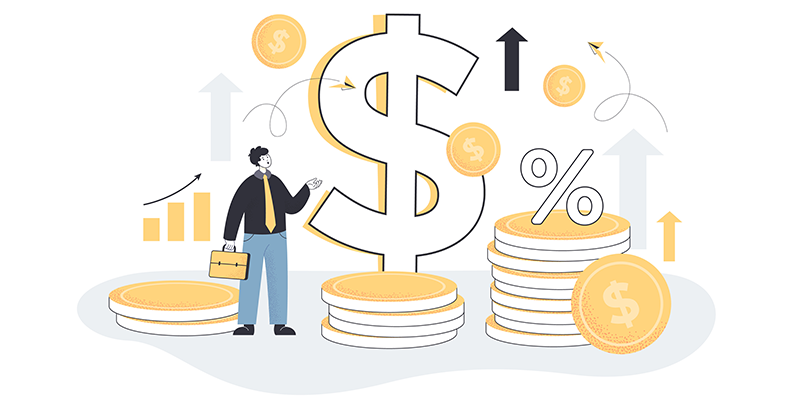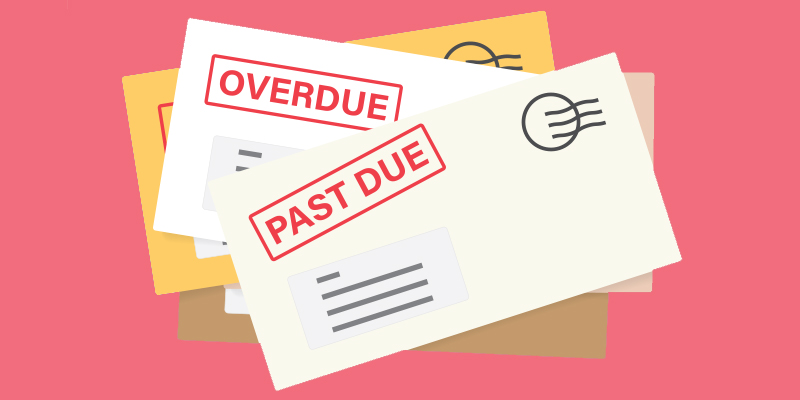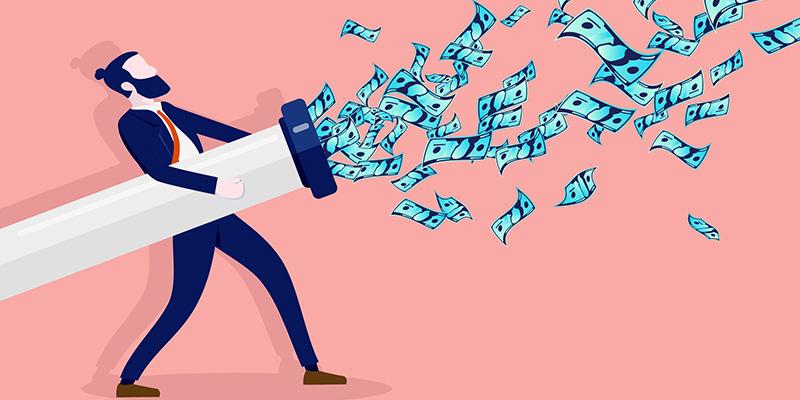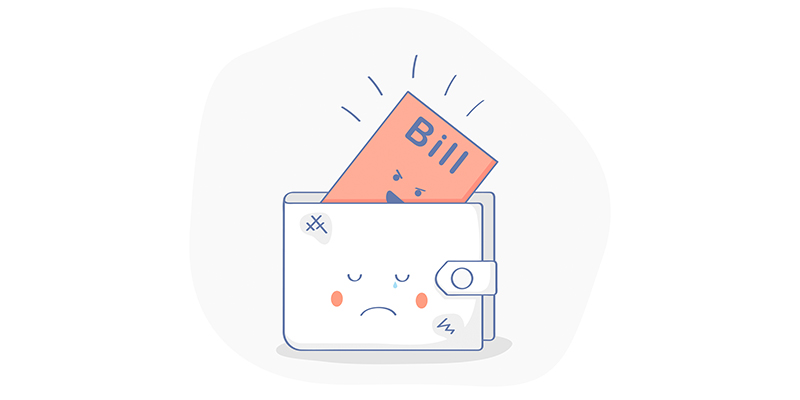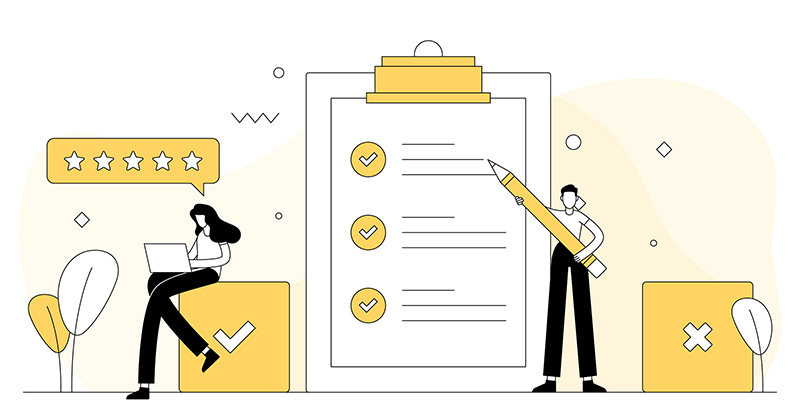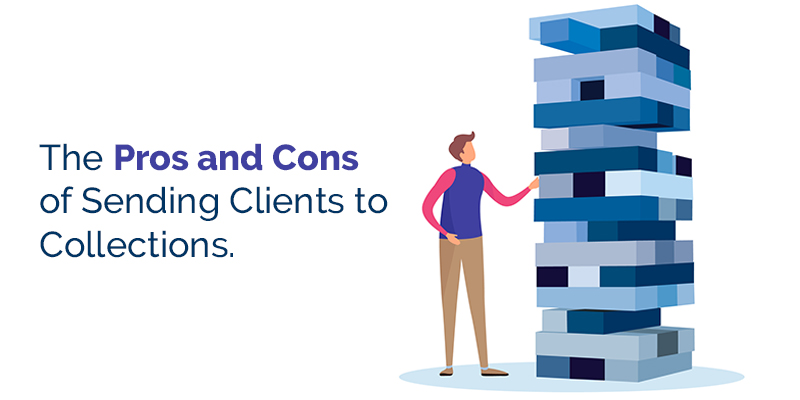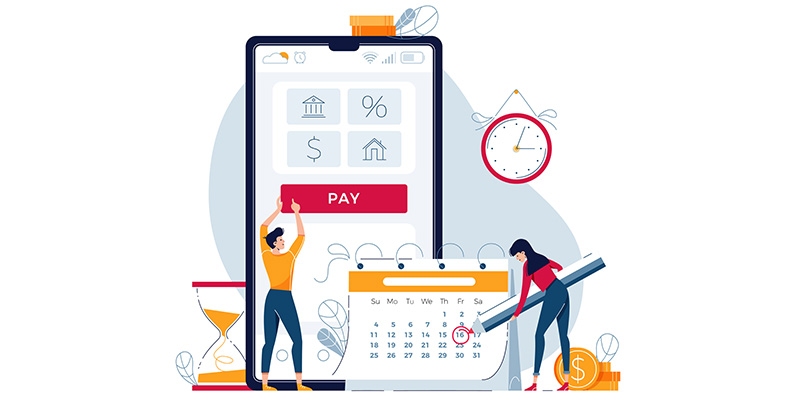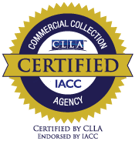If your organization is facing slow cash flow, accounts receivable management may be the problem. Every invoice starts in accounts receivable so it's important to manage the procedures to reduce delinquent payments. Let's look at some efficient A/R practices to get you paid.
As a business owner or accounts receivable specialist, you may have some fear around sending an account to a debt collections company. For one thing, you're entrusting a third party with your client relationship and your money and facing potentially unexpected costs. You may also have heard some really bad things about debt collections. Enterprise Collections LLC has been helping our clients recover debts for years, and we're happy to answer questions and ease any uncertainty.
Read further as we debunk the fears around using B2B debt collections to get you paid.
If you're asking the question, you're likely dealing with a scenario of non-payment from a client and would like to avoid litigation. Simply put, a demand letter (or more than one!) is sent to your clients to inform them of your intention to collect what is owed to you. The letters are typically sent in conjunction with other first-party collection efforts before escalating the account.
Read more to learn more about collections demand letters.
In simple terms, accounts receivable management is the means for collecting money that is owed after extending credit for or agreeing to provide goods and services. During downturns in the economy or when otherwise strapped for cash, businesses typically have working capital trapped in receivables that are unpaid or not paid on time.
Use these tips to rescue your business cash flow with accounts receivable management.
The process of collecting what's due from customers can go by several names. Accounts receivable, receivables, A/R, accounts receivable collections, debt collections, and more.
(Not to be confused with accounts payable, which is a different part altogether.)
Many of these terms are not interchangeable but actually define different levels or areas of the process of collecting payments.
What's the difference between accounts receivable and collections?
When you've exhausted time and resources chasing down an unpaid invoice, it's time to send that invoice to third-party collections. If the client isn't responsive to your efforts to connect or they're refusing to pay or cannot pay, it's time to send the account to third-party collections. If you've written off the account as bad debt, it's still time to send it to third-party collections.
Let us help recover what's owed to your business.
Here's how to work with Enterprise Recovery when clients don't pay.
When your business contracts with another business, there's an expectation that both parties will honor their obligations, including paying on time. If your clients or business partners aren't following through, your accounts receivable department must devote time and resources in an attempt to collect. Or you can outsource the problem to a collections agency that focuses on this type of debt and respects your client/business relationship.
Here's what to look for in a B2B debt collections agency.
Before we dive in, do you ever run cash flow reports on your business? If your organization is earning revenue, it does not necessarily mean that you have that much cash in the bank. A simple statement of cash flow report is available through any accounting software and will present a clear picture of your inflows and outflows, including accounts receivable. Quite simply, if your clients aren't paying on time, you may have less cash than you think.
Are slow paying clients killing your cash flow?
If you're stalling on the idea of following up on past due invoices, don't fret. Sometimes it takes a little research to move forward on something that's uncomfortable or unfamiliar. We've pulled together some reasons why you might be hesitant and how to move past those obstacles.
Here are some pros and cons of sending your clients to collections.
Getting frustrated or writing off client invoices isn't going to get them paid. An unresolved problem remains unresolved unless you do something about it. When a client agrees to pay for goods or services that your business is offering, it is well within your rights to request that they pay you.

